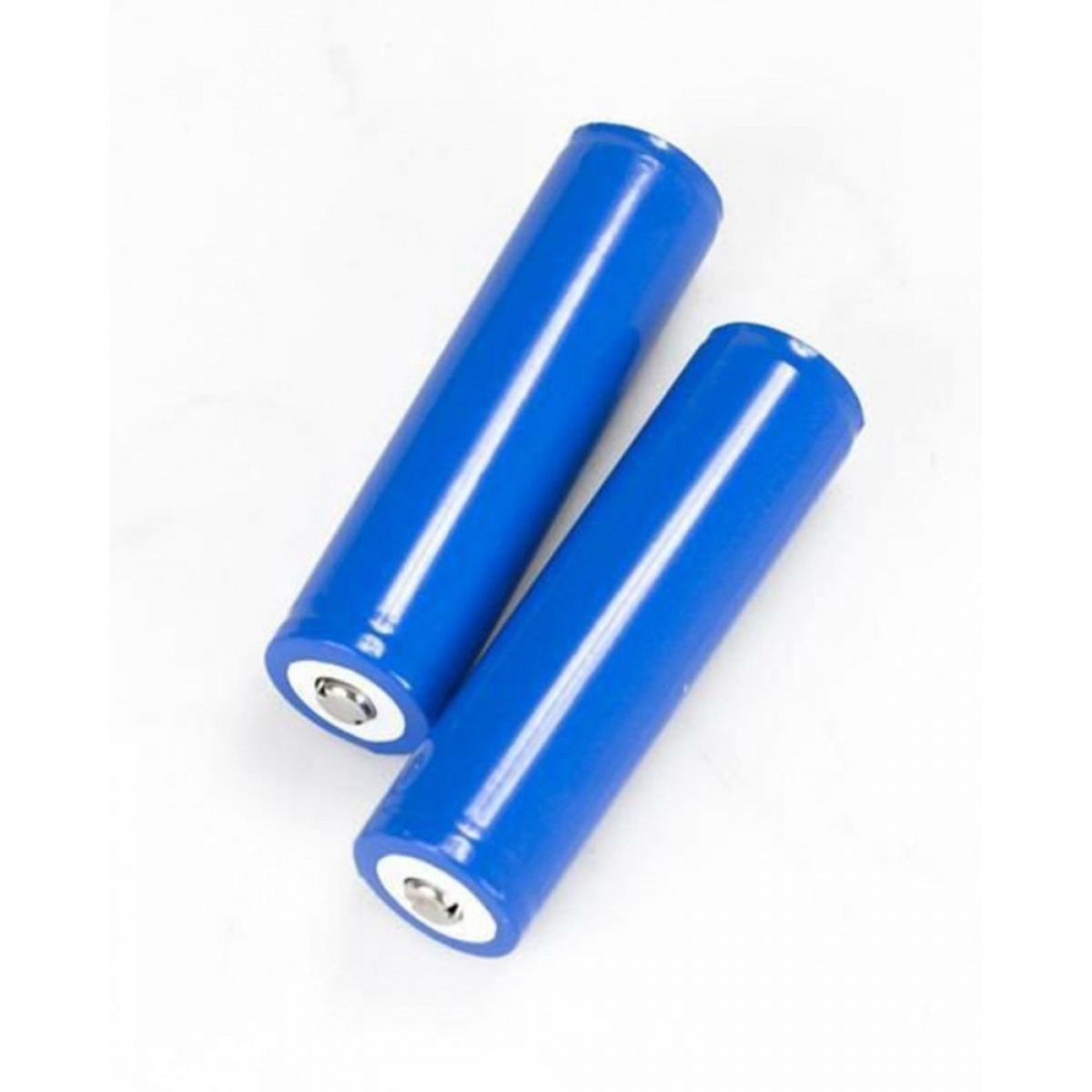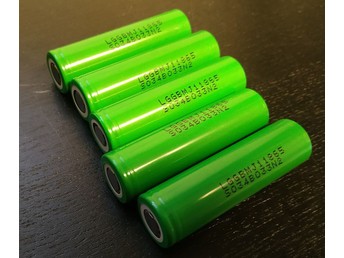

The cells are now fully charged to 4.2 V if necessary and then discharged down to 2.8 V.
#18650 cells full#
Fully automatic capacity test with Opus BT-C3100 charger: Insert all full cells and select „ Discharge Test„.As a rule of thumb, if you can not touch the cell and you feel your fingers burn, it’s a „ Heater.“ Cells that get warm should not be binned. „ Heater“ are cells that become extremely hot during charing. Charge the cells (1A per cell) and sort out „ Heater„.Dead cells (0V) are binned if they can not be revived.As soon as the cell has reached about 3 V, I charge it with 500mA full. A low current (100mA) is used to „boost“ the cell. 0 V cells are trying to be brought back to life with a laboratory power supply.Depending on how high the voltage is, pre-selected ( see 0V cells) Each cell gets a unique ID (consecutive number). Measure the voltage and enter it in the list.Open battery and expose cells (remove welded metal sheets, adhesive, and tape).The test procedure explained in a few steps: PGRpdiBjbGFzcz0idmlkZW8tY29udGFpbmVyIj48aWZyYW1lIHRpdGxlPSJIb3cgdG8gY2FwYWNpdHkgdGVzdCBhbiAxODY1MCBjZWxsIG91dCBvZiBhIGxhcHRvcCBiYXR0ZXJ5IHBhY2siIHdpZHRoPSI1MDAiIGhlaWdodD0iMjgxIiBzcmM9Imh0dHBzOi8vd3d3LnlvdXR1YmUtbm9jb29raWUuY29tL2VtYmVk元ZfNGdnRE43MjkwP2ZlYXR1cmU9b2VtYmVkJndtb2RlPW9wYXF1ZSIgZnJhbWVib3JkZXI9IjAiIGFsbG93PSJhY2NlbGVyb21ldGVyOyBhdXRvcGxheTsgZW5jcnlwdGVkLW1lZGlhOyBneXJvc2NvcGU7IHBpY3R1cmUtaW4tcGljdHVyZSIgYWxsb3dmdWxsc2NyZWVuPjwvaWZyYW1lPjwvZGl2Pg= Here you will find the latest version of about 525 cells. It calculates voltage differences, divides the cells into different classes and much more. The table calculates all values for me and makes it much easier for me to work with so many 18650 cells. To test the batteries, I have created a spreadsheet in which I collect the most important data. In some cases only the PCB (BMS) is damaged and all cells are still working.Īccording to my calculator, for a 2KWh battery, I need about 240 good cells with an average capacity of 2200mAh. Most of the time, only a few cells of the battery are really damaged, and the rest can be tested for further use. However, if you open these batteries, you will find heaps of 18650er lithium ion cells. Unfortunately, old or defective rechargeable batteries are not recycled today and go into trash. They are installed in power banks, e-bike batteries, laptop batteries or cordless screwdrivers.

Where to get the 18650 cellsĪnother point why I chose 18650 cells is that you can find them in just about any battery. These cells have a very high energy density, no memory effect and you can leave the battery fully charged for a long time without it being damaged.Ī small worldwide community builds their own powerwalls exactly this way and charges them via photovoltaic. The Tesla Powerwall inspired me to use the 18650 Li-Ion cells. I have decided to build a 6S40P battery with 22.2V. My goal is to build a battery that can store around 2KWh. For the battery type, I chose 18650 lithium-ion cells. I’ve built a huge field battery, which will be charged via photovoltaic.


 0 kommentar(er)
0 kommentar(er)
